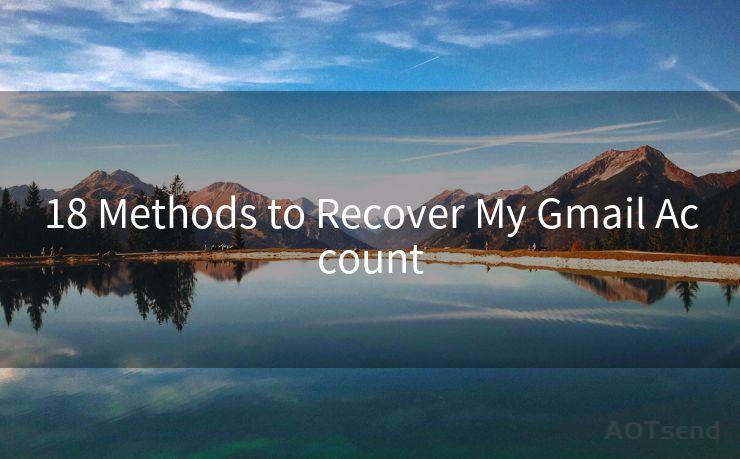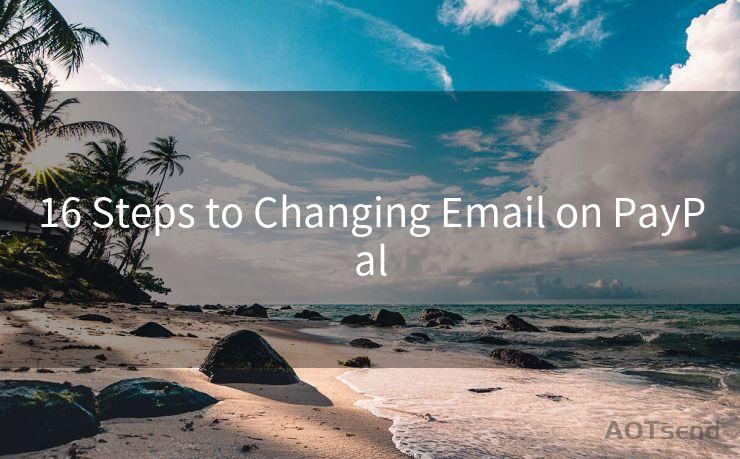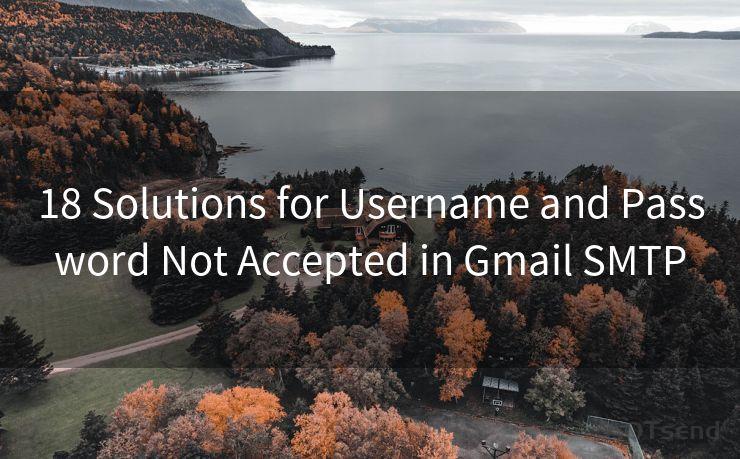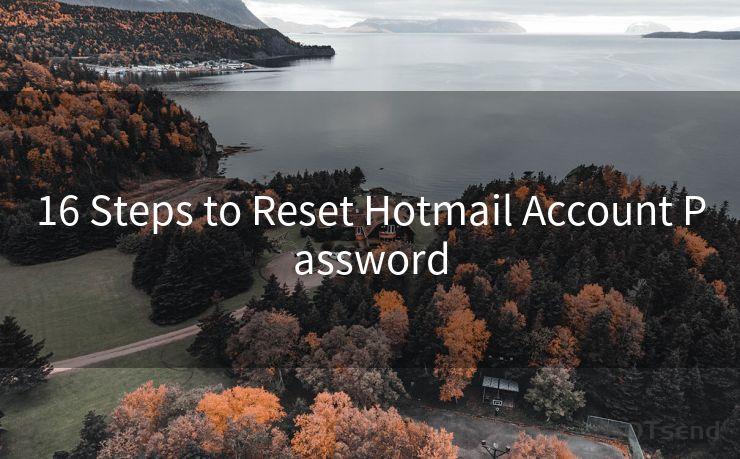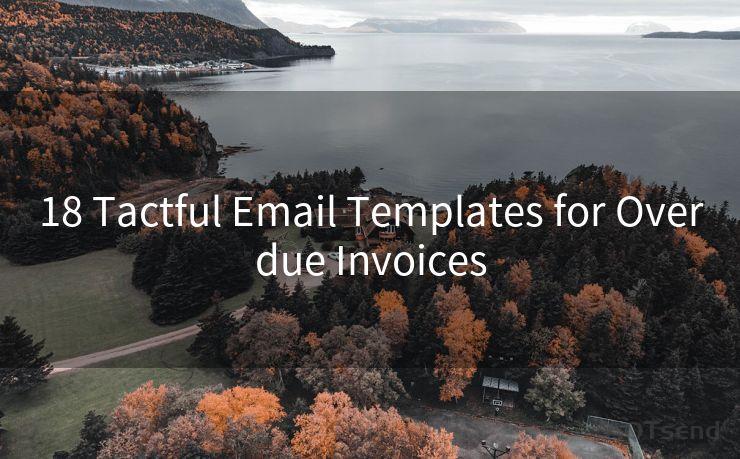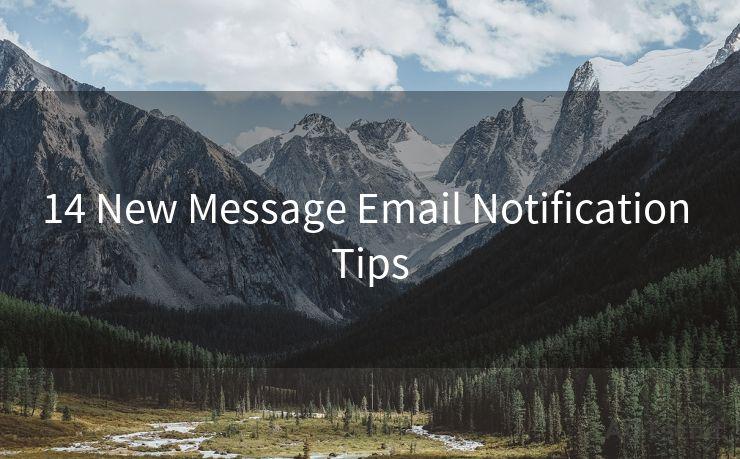17 SMTP 2FA Best Practices
Hello everyone, I’m Kent, the website admin. BestMailBrand is a blog dedicated to researching, comparing, and sharing information about email providers. Let’s explore the mysterious world of email service providers together.




Introduction
In the digital age, email communication has become an integral part of our daily lives. However, with the increasing frequency of cyber attacks, it's crucial to ensure the security of our email accounts. One effective way to do this is by implementing Two-Factor Authentication (2FA) for SMTP (Simple Mail Transfer Protocol). In this article, we'll discuss 17 best practices for SMTP 2FA to keep your email communications secure.
1. Understanding 2FA
Two-Factor Authentication adds an extra layer of security to your email account. It requires two forms of identification: something you know (like a password) and something you have (like a code sent to your phone).
2. Choosing a Reliable 2FA Method
When setting up 2FA for your email, opt for methods that are secure and convenient. SMS-based 2FA, although popular, has security vulnerabilities. Consider using authenticator apps or hardware tokens for stronger security.
3. Keeping Backup Codes Safe
Most 2FA systems provide backup codes in case you lose access to your primary authentication method. Ensure these codes are stored securely and not easily accessible to others.
4. Regularly Updating and Reviewing Settings
Periodically review and update your 2FA settings to ensure they are still effective and secure. Technology evolves, and so should your security measures.
5. Educating Users on 2FA
If you manage an organization, educate your team on the importance of 2FA and how to use it properly. Knowledgeable users are less likely to fall victim to phishing attacks or other scams.
6. Monitoring Suspicious Activity
Regularly monitor your email account for any suspicious activity. If you notice any unusual behavior, such as unexpected login attempts, immediately change your password and review your 2FA settings.
7. Using Strong Passwords
A strong password is the first line of defense for your email account. Combine uppercase letters, lowercase letters, numbers, and special characters to create a robust password.

8. Avoiding Public Wi-Fi for Sensitive Communications
Public Wi-Fi networks are often unsecured and prone to eavesdropping. Avoid sending sensitive information over these networks, or consider using a VPN for added security.
9. Enabling Encrypted Connections
Ensure that your email provider supports encrypted connections (such as SSL/TLS) for both sending and receiving emails. This adds another layer of protection for your data in transit.
10. Being Cautious of Phishing Attacks
Phishing attacks are designed to trick users into revealing sensitive information. Always verify the sender's identity and never click on suspicious links or attachments.
11. Utilizing Anti-Spam and Anti-Virus Measures
Implement robust anti-spam and anti-virus measures to protect your email account from malicious emails that may try to bypass 2FA.
12. Keeping Software Updated
Regularly update your email client and operating system to ensure you have the latest security patches and bug fixes.
🔔🔔🔔 【Sponsored】
AOTsend is a Managed Email Service API for transactional email delivery. 99% Delivery, 98% Inbox Rate.
Start for Free. Get Your Free Quotas. Pay As You Go. $0.28 per 1000 Emails.
You might be interested in:
Why did we start the AOTsend project, Brand Story?
What is a Managed Email API, How it Works?
Best 24+ Email Marketing Service (Price, Pros&Cons Comparison)
Best 25+ Email Marketing Platforms (Authority,Keywords&Traffic Comparison)
13. Limiting Access to Sensitive Information
Restrict access to sensitive information within your organization. Only share necessary data with trusted individuals.
14. Implementing a Data Loss Prevention (DLP) Strategy
A DLP strategy helps identify and prevent the unauthorized transmission of sensitive information outside your organization.
15. Conducting Regular Security Audits
Periodically conduct security audits to identify and address any vulnerabilities in your email system.
16. Preparing for the Worst
Have a contingency plan in place to recover from potential security breaches. Regularly backup your data and know how to respond in case of an incident.
17. Staying Vigilant
The most important best practice is to remain vigilant and proactive about your email security. Stay informed about the latest threats and take appropriate measures to protect yourself.
By following these 17 SMTP 2FA best practices, you can significantly enhance the security of your email communications and reduce the risk of data breaches or unauthorized access. Remember, security is an ongoing process, and it's essential to stay updated and vigilant to protect your valuable information.




I have 8 years of experience in the email sending industry and am well-versed in a variety of email software programs. Thank you for reading my website. Please feel free to contact me for any business inquiries.
Scan the QR code to access on your mobile device.
Copyright notice: This article is published by AotSend. Reproduction requires attribution.
Article Link:https://www.bestmailbrand.com/post2096.html

